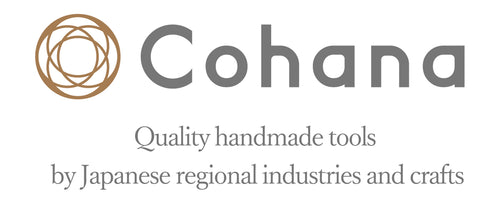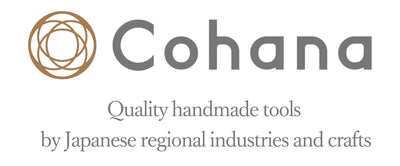Story of Cohana’s 5 Basic Colors: FUKAGAWANEZU

Japanese traditional colors show the beauty of the Japanese sense of color.
Plants, trees, flowers — rich nature and things around life — Japanese people have sensed the various colors in the changing seasons, named and embraced them in our daily lives.
It is said that there are more than 460 traditional Japanese colors, reflecting the richness of the Japanese sense of color. From among these many traditional Japanese colors, we have selected 5 colors as the basic colors for Cohana, focusing on colors that convey the Japanese beauty.
For Cohana's products, we use simple color names Yellow, Pink, Green, Blue and Gray. But actually each color has Japanese traditional color names.
Today we feature Gray; a story about FUKAGAWANEZU from one of the Cohana's 5 basic colors and recommended products in FUKAGAWANEZU color.

A light gray with a hint of light blue. The name comes from the color of the kimono textile loved by young men and Geiko ladies in Fukagawa district of old Tokyo Edo. These common people especially in Edo preferred cool looks in simplicity rather than luxurious and flamboyant appearance during the Edo period (1603-1868). Fukagawanezu is a tasteful color that reflects the unique Japanese sense of beauty "iki."
There's a saying, “四十八茶百鼠 Sijuhachi Cha Hyaku Nezumi" which means "48 browns and 100 grays". This is an expression that the common people of the Edo period created many of browns and grays. It is said that more colors existed than the number claimed.
The circumstances that gave rise to so many different browns and grays were due to the Edo government's “奢侈禁止令 Shashi-Kinshirei : strict bans on extravagance". Extravagant dress was forbidden, and strict regulations were placed on the colors, patterns, and fabrics of the common people's kimonos.

Only “Brown,” “Gray,” and “Indigo Blue” were permitted by the government as colors for common people. Not giving up on fashion, they creatively explored variations within these shades, resulting in a wide range of browns, grays, and blues.
The Japanese people's sensibility and aesthetic perception to distinguish and enjoy subtle differences in color was developed during that time.
In the Edo period (1603-1867), fires occurred frequently . The simple houses of the common people in the castle town district were built of wood, paper, and clay, so when a fire broke out, it quickly developed into a major conflagration.
So people preferred to use "Nezu" rather than "Hai" to express the color of gray. Because "灰 Hai" means "ash" in Japanese, so people considered it inauspicious. "鼠 Nezu", means "mouse," was commonly used as it did not remind people of fire.
This is the reason why traditional Japanese colors from the Edo period are full of subdued and tannish tones compared to the pre Edo period when colors were often brighter and gorgeous.
It is interesting to know that traditional colors that reflect the time and the way of life of people in the Edo period.
FUKAGAWANEZU tools bring a touch of chic. Their cool and stylish atmosphere complements your handmade creations.
Add a touch of creativity to your next project with a FUKAGAWANEZU tool! We also recommend coordinating your sewing box with other FUKAGAWANEZU tools for a stylish complete look.






